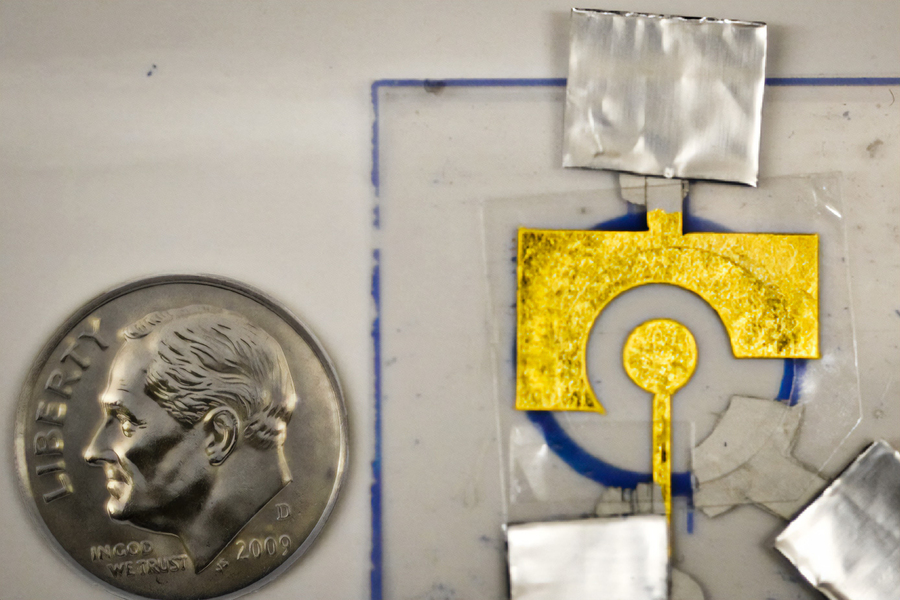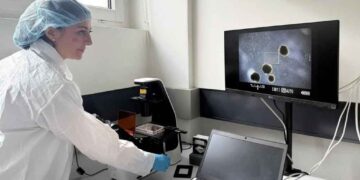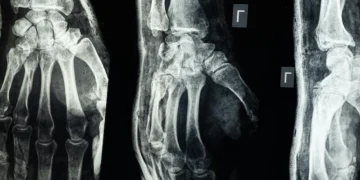Imagine being able to test for diseases like cancer, HIV, or the flu right from your home, with a tool that costs less than a cup of tea.
Thanks to groundbreaking work by engineers at MIT, this could soon become reality.
A team of researchers led by Professor Ariel Furst at the Massachusetts Institute of Technology has developed a tiny, low-cost sensor that uses DNA and CRISPR technology to detect serious illnesses.
These sensors aren’t just accurate, they’re cheap, portable, and can even survive without refrigeration, making them a potential lifeline for communities with limited healthcare access.
A Smarter, Long Lasting Test
The magic lies in a piece of DNA attached to a small gold electrode. When the sensor detects a harmful gene say, one linked to cancer or a virus it activates a powerful enzyme from the CRISPR system called Cas12.
This enzyme starts cutting the DNA on the electrode, which changes the sensor’s electrical signal. That change can then be read with a device similar to what’s used in a blood sugar meter.
But until now, there was a major problem is that- DNA breaks down easily. The sensors had to be used almost immediately after being made, and they were highly sensitive to heat and air making them unsuitable for clinics in rural or remote areas.
So, the MIT team did something clever. They coated the DNA with a cheap, protective polymer called polyvinyl alcohol (PVA) think of it like wrapping your sensor in a raincoat.
Read More: 100 of BBC Journalists Accuse of Supporting Israel, Call for Board Member’s Removal
This coating costs less than a cent and helps the DNA survive for up to two months, even in hot environments (up to 150°F or 65°C). When it’s time to use the test, the coating is simply rinsed off.
What Can These DNA Sensors Detect?
The team already showed that these sensors can pick up on the PCA3 gene, a genetic marker often found in urine samples of men with prostate cancer. But because the test is based on customizable RNA “guides,” it can be tailored to find almost any DNA or RNA sequence meaning it can be reprogrammed to detect viruses, bacteria, or genetic mutations.
They’ve already proven success with HIV and HPV in earlier versions of the device. Now, with added durability, these sensors can be used outside labs at the point of care, in doctor’s offices, or even in people’s homes.
50 Cents That Could Save Lives
Perhaps the most remarkable part? Each sensor costs just 50 cents to produce. This makes them a powerful tool for low-income regions where expensive diagnostic equipment is out of reach. “Our focus is on diagnostics that many people have limited access to,” said Furst. “You wouldn’t even need to be in a clinic to use it. You could do it at home.”
Imagine a future where a mother in a rural village can test for a viral infection in her child without needing to travel for hours. Or a cancer patient can monitor their own condition without repeated hospital visits.
A Step Toward Health Equity
This research funded by the MIT Research Support Committee and a MathWorks Fellowship marks a powerful step toward democratizing healthcare.
It’s not just about saving money. It’s about saving lives. In a world where many still lack access to basic health services, a 50-cent strip of plastic and DNA might one day be the tool that changes everything.



















